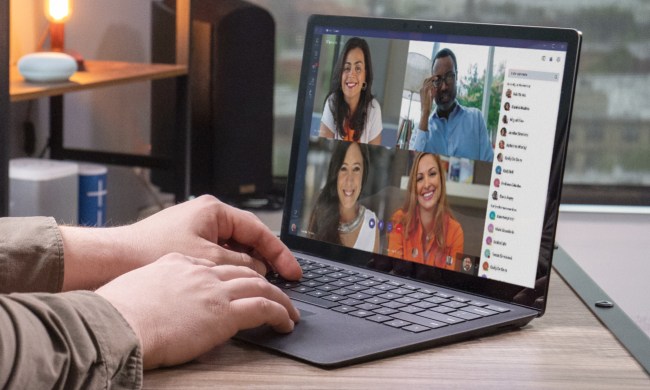
AOL announced today its earnings for the second quarter of 2011. The Internet giant beat the Street’s expectations, raking up double-digit earnings with the help of strong advertising sales and cost cutting measures.
A complete turnaround in display advertising played a major role in AOL’s good fortunes, with a 14 percent total increase in that category. That’s up from a 4 percent increase in the previous quarter. Total advertising revenue jumped 5 percent to $319 million, a welcome change from the nearly nonexistent rise in the first quarter.
“AOL’s return to global advertising growth for the first time since 2008 reflects the hard work of our team and another meaningful step forward in the comeback of the AOL brand,” said Tim Armstrong, AOL’s Chairman and CEO, in a statement. “AOL is singularly focused on becoming the next great media company for the digital age and we have positioned the company’s best people, technology and assets in front of some of the largest opportunities on the internet.”
Armstrong took over AOL after 10 disastrous years under the ownership of Time Warner.
Despite gains in advertising dollars, the company still suffered a loss of $11.8 million, or eight percent, bringing total revenue to $542.2 million. This was partially due to a 23 percent loss in subscription sales. But the drop in this year’s second quarter revenue is still far better than its earnings a year ago, when the company lost $1 billion.
Another factor in the lost revenue was a $17.6 million decline in search and contextual revenue.
Adding to the boost in advertising revenue was AOL’s purchase of the Huffington Post in February, which the company bought for $315 million. During the month of May, the Huffington Post brought in 30 million unique visitors, which pushed the news site’s traffic above that of The New York Times‘ website. The earnings report also gives credit to its flagship technology property, TechCrunch for helping to fuel the upswing in ad dollars.


